Huawei Mate S; the enhanced P8
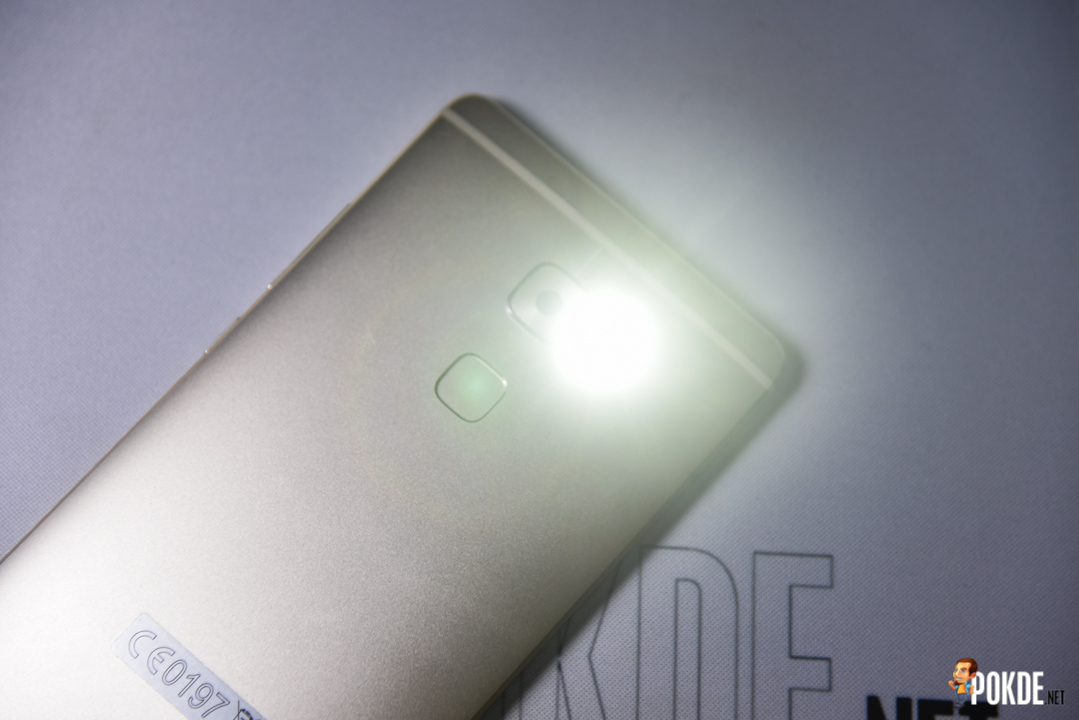
+ solid aluminium build
+ sleek design
+ excellent AMOLED display
+ stellar camera with manual controls
+ fluid user experience
+ good battery life
+ fast and multi-functional fingerprint sensor
+ location of fingerprint sensor is natural
- too expensive
- battery life with data connection is wanting
- Material design elements removed from UI
When I reviewed the Huawei P8, I thought that it was about as premium as phones could get. I guess I was wrong. The Huawei Mate S ups the ante even further and brings an even more impressive package, at a price.
Unboxing
The P8 had a plastic box while the Mate S comes in a hard paper box, but that doesn’t mean Huawei skimped on the packaging. It looks even better and you get a nice look at the Mate S as soon as you flip the cover open. The charger got an upgrade from the weak 1A version in the P8’s package to a faster 2A charger. The included earphones now look a lot more premium with its own plastic case and also some silver accents. The Mate S solved all my grouses with the P8’s package and I am a happy reviewer.
Appearance
The Huawei Mate S doesn’t resemble the fruity smartphone as much as the P8, and I believe that is the way to go. The all aluminium body is finished in “Luxurious Gold” and it is indeed quite luxurious.
The front of the device is quite plain. At the top you will find the well hidden front-facing soft LED flash, the speaker, front-facing camera and the usual proximity sensor. On the lower edge you get the Huawei logo. The screen is once again framed by thin black lines which give the impression that this smartphone has an edge to edge display, an illusion which is further enforced by the low reflectivity of the AMOLED display and the soft 2.5D curves where the glass meets the metal sides.
The slightly curved back is dominated by a protruding camera and a less conspicuous fingerprint sensor under it. I do not see a need for the camera to be sticking out since the P8 fits the exact same camera module in an even thinner body without any camera bumps, so this should be a purely aesthetic decision made by the design team at Huawei. Oh and before you worry about scratches, the camera lens is protected by sapphire glass.
The edges are all chamfered for that extra-premium look. The bottom bears two grilles, with the loudspeaker behind one and the microphone behind the other. Screws are located on the far ends of the grilles instead of directly flanking the microUSB port, probably another move to step away from the fruity smartphone.
The left side is devoid of anything except the microSD/nanoSIM tray, which is as flush as can be with the surface. All the physical keys are located on the right side. The power button on the Mate S is once again textured with a concentric circle pattern so you can easily differentiate it from the smooth volume buttons. But judging from the length, its a difficult mistake to make.
The top is where you will find the 3.5 mm audio output port and a microphone hole.
The Mate S is a premium device through and through, and it also fixes the P8’s flaws like the overly sleek body with the slightly curved back. While you may not notice the camera on the P8, Huawei made sure you will not miss it on the Mate S thanks to the presence of the protruding camera lens.
Specification
| CPU: | HiSilicon Kirin 935 64-bit (4 x A53e @ 2.2 GHz + 4 x A53 @ 1.5 GHz) |
| RAM | 3GB LPDDR3 |
| Display: | 5.5″, FHD (1080p) AMOLED display |
| Storage: | 64GB internal (expandable with microSD up to 128GB) |
| Camera: | 13MP f/2.0 Sony IMX278 RGBW sensor with OIS 8MP f/2.4 front camera with soft LED flash |
| OS: | Android 5.1.1 with Emotion UI 3.1 |
| SIM: | nanoSIM (dual SIM support, one slot doubles as microSD slot) |
| Battery: | 2700 mAh (non-removable) |
Performance
Huawei used their in-house HiSilicon Kirin 935 CPU which packs 4 Cortex-A53e cores which can go up to 2.2 GHz, and four slower Cortex-A53 cores maxing out at 1.5 GHz. The 935 gets slightly faster clocks compared to the 930 but everything else is brought over from the older part. The 8 cores are mated to 3GB of LPDDR3 RAM, and the Mali-T628 MP4 is once again responsible for processing all the pixels.
For tests that have detailed information, they will be in the thumbnails below the description of the benchmark.
3DMark is a GPU benchmark, so it is quite normal to see the Mate S not performing on par with the other flagships. The Mali-T628 MP4 is pretty antiquated and really does not belong in a late 2015 flagship. The older Huawei P8 also bests it here, a surprising find.
Antutu recently updated their benchmark to version 6.0, and all the weightage of each benchmark component has been revised, along with several other changes. So the Mate S scores 48723, which is pretty low. Current flagships packing the Snapdragon 810 score around 80000 points in this benchmark.
Geekbench is a pretty consistent benchmark, and with the Mate S performing worse than the P8 once again here, I believe that there is probably an optimization issue.
In PCMark the Mate S scores a respectable 4454, just a tiny bit lower than the P8. Once again, I believe an optimization issue is present here.
Worth noting that while the benchmark scores are pretty poor for a 2015 flagship, the user experience is far from sluggish.
The Mate S is powered by a 2700 mAh, marginally bigger than the P8’s. However the AMOLED display does offer some power savings over the P8’s IPS NEO display. It offered 8 hours and 15 minutes away from the charger with 4 hours and 6 minutes of OST on WiFi, pretty decent if you consider the rather small battery compared to its competitors. However switching over to data resulted in the battery dropping a lot more quickly.
User Experience
The first moment I held it, I was reassured that this is not a smartphone that will slip out of my hand. The curvature fits into the hand a lot better than the straight edges of the P8 and to be honest I have used this phone for 2 weeks, and it hasn’t slipped out of hands even once. Judging from the comfortable heft that it carries, it should be able to withstand a few hard drops when push comes to shove.
After going through some basic configurations, I was excited to try out the fingerprint sensor’s speed. The last device I used with a fingerprint sensor was the Samsung Tab S2 which had the home button doubling up as the fingerprint sensor, and I was really interested to see how does a rear fingerprint sensor fare in terms of ease of use. I am happy to report that the rear fingerprint sensor is really fast and the location really makes sense. You will naturally place your index or middle finger when you hold the Mate S, and in a split second your phone will be unlocked.
The nifty fingerprint sensor is not only good for unlocking and it can be used for other functions like opening the notification bar, taking a photo or just swiping through the gallery when you don’t want your finger blocking the view when you are showing off your camera shots. Definitely something that must be present in all proper 2015 flagships. In fact, after using the Mate S, I am wondering how am I going to use any smartphone without a fingerprint sensor.
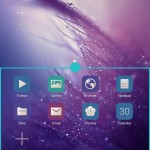
Emotion UI 3.1 is a rather heavy-handed skin built on Android Lollipop 5.1.1 for the Mate S, with a lot of the material design elements removed. No app drawer, no double slide down to access quick settings, no app switching with cards and more. The built-in apps’ background will change according to the general color of your wallpaper. The notification bar also changes color according to your wallpaper. While stock Android attempts to make the notification bar seamlessly blend into your app, Huawei apparently forgot the memo and only did that for their own stock apps. The addition of dual windows is welcome but currently it is only limited to the built-in apps, not very useful yet. The images of the UI are from my review of the P8, but EMUI in the Mate S hasn’t changed from the P8, so rest assured that everything looks exactly alike. Luckily the big changes on the UI didn’t affect the performance, and everything was buttery smooth.
Knuckle gestures are also improved in the Mate S with Knuckle Sense 2.0. Now you can take a screenshot of a non-rectangular area of your screen by using your knuckle. Knuckle gestures also work when the screen is off, allowing you to access certain apps directly with just a rap of your knuckle and drawing out the gesture. However it doesn’t quite work as expected if you have the fingerprint security mode on. You will be stuck at the PIN entry page before entering the desired app, which is quite pointless. You can actually enter the app faster by just unlocking the device with your fingerprint. Oh and double tap to wake is now available in the Mate S, but it is also rendered irrelevant with the presence of the fingerprint sensor.
The camera sensor is brought over from the P8, and I am not complaining as it was a pretty good sensor. The front gets a 8MP sensor too, but has been upgraded with a front facing flash to brighten up your selfies in darker environments.
I really like the camera software by Huawei, a simple UI that looks similar to the one used in the fruity smartphone. All the magic is done in the background, and you get all you need: amazing looking images. The Mate S brings a proper Pro Camera mode, which offers manual exposure controls and manual focus. To be honest though, I am so pleased with the output produced with the automatic mode, I never used the Pro Camera mode at all during my review. The camera once again features the light trail modes which first appeared in the P8.
The camera doesn’t seem to have gotten any improvements at all. The auto mode sometimes takes HDR shots automatically, causing a little shutter lag, but OIS ensures that minor vibrations will not translate into blurry unusable shots. The auto HDR is especially helpful when taking back-lit photos of subjects. As you can see in the camera samples, the shot of the photographer in action is well exposed without the photographer becoming a silhouette or the background getting overexposed. Full sized camera samples can be found here.
Audio wise, it offers pretty much the same features as the P8, with a DTS mode when you plug in your headphones. Once again I will note the absence of a customizable equalizer to tune the audio output to your tastes. The single speaker on the bottom is loud enough to wake you up and is able to be pushed to maximum volume with distortion.
Up next, the 5.5″ 1080p AMOLED display. While it lags behind its peers which are now pushing QHD (1440p) and above, the Mate S’ 401ppi is more than what it takes for a display to look almost print-like. While the P8 had an excellent IPS display that had near-AMOLED contrast levels, this is a true AMOLED display, which means infinite contrast ratios and extremely wide viewing angles. Under direct sunlight, the Mate S automatically boosts the brightness of the darker regions of the displayed image so everything remains perfectly visible. The panel is protected by the latest Gorilla Glass 4 for stronger scratch resistance and overall strength.
Conclusion
The Huawei Mate S is an excellent device, bringing some useful upgrades over the already great P8. However it does cost a great deal more, with a price tag of RM2698. A hefty price tag like that puts it within range of even more powerful devices like the Samsung Galaxy Note 5 and of course, the Huawei Nexus 6P which will take the exact same amount out of your wallet, but offers a much beefier processor and fast updates, part of the pure Android experience. The uninspiring benchmark figures of the Mate S makes it even harder to justify paying such a huge amount for the Mate S. I really liked the Mate S, I really do, the smoothness of the UI, premium build, excellent fingerprint sensor and amazing camera are indeed flagship-level, but otherwise the price is just a little too high. If it came with the unique Force Touch feature that the other countries get, then it may be a different story, but the Mate S here fails to properly differentiate itself in the highly competitive flagship crowd.















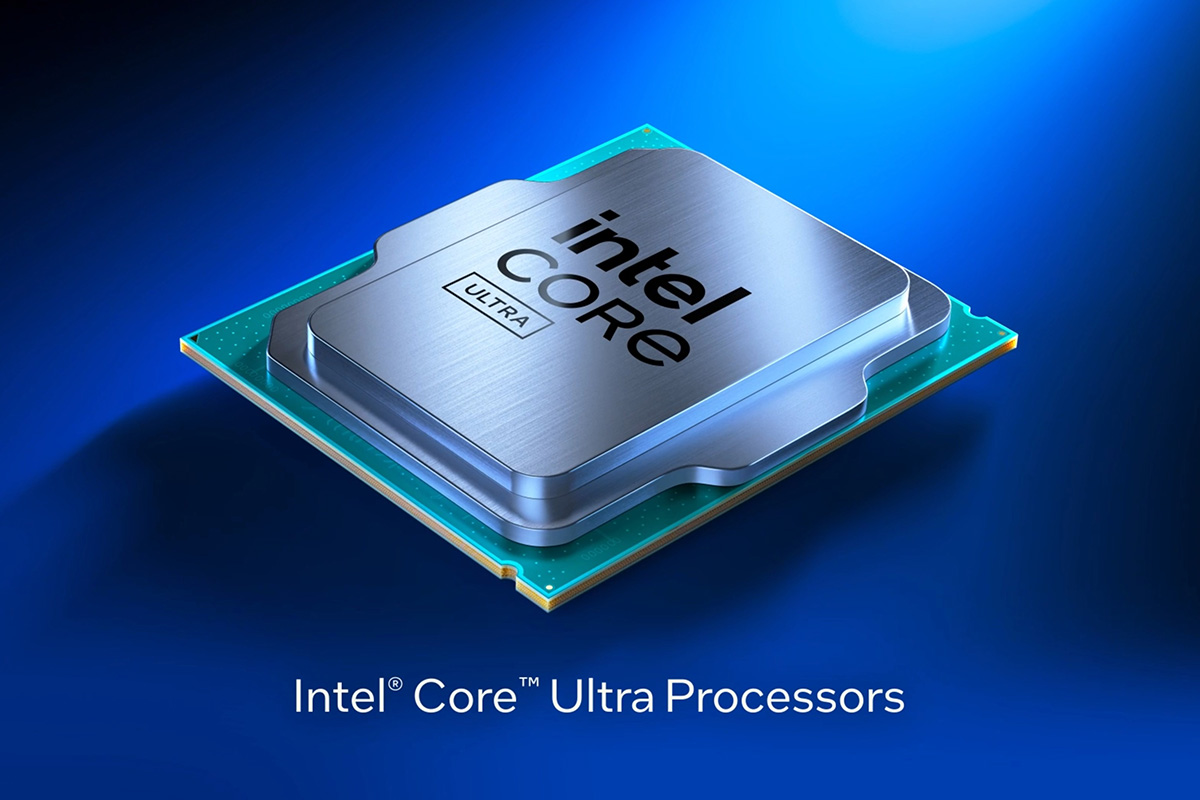


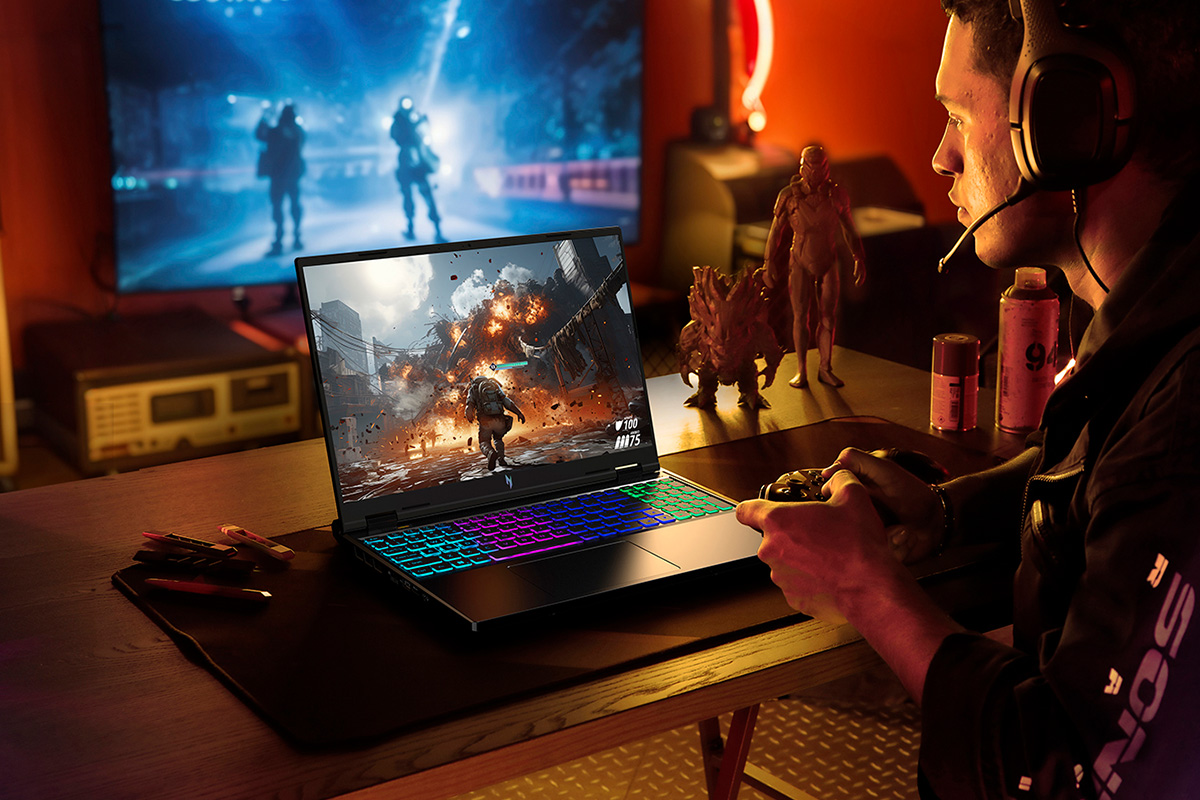
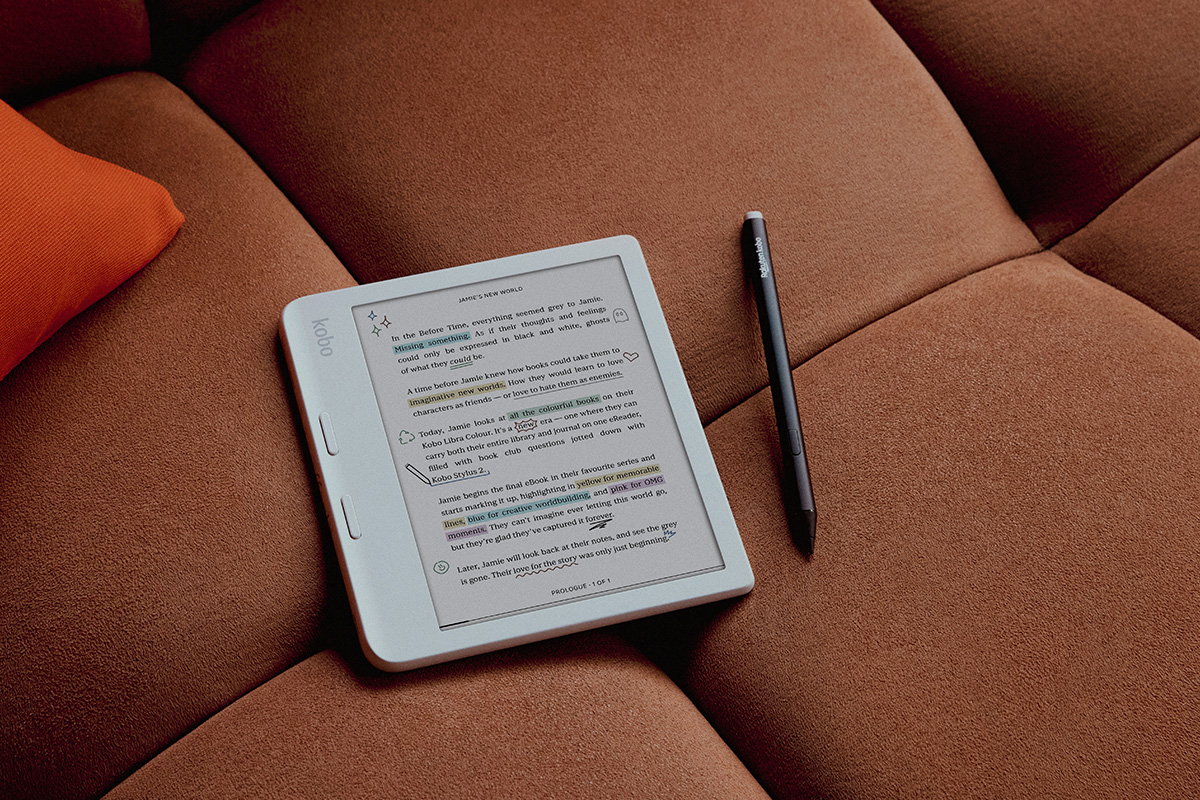






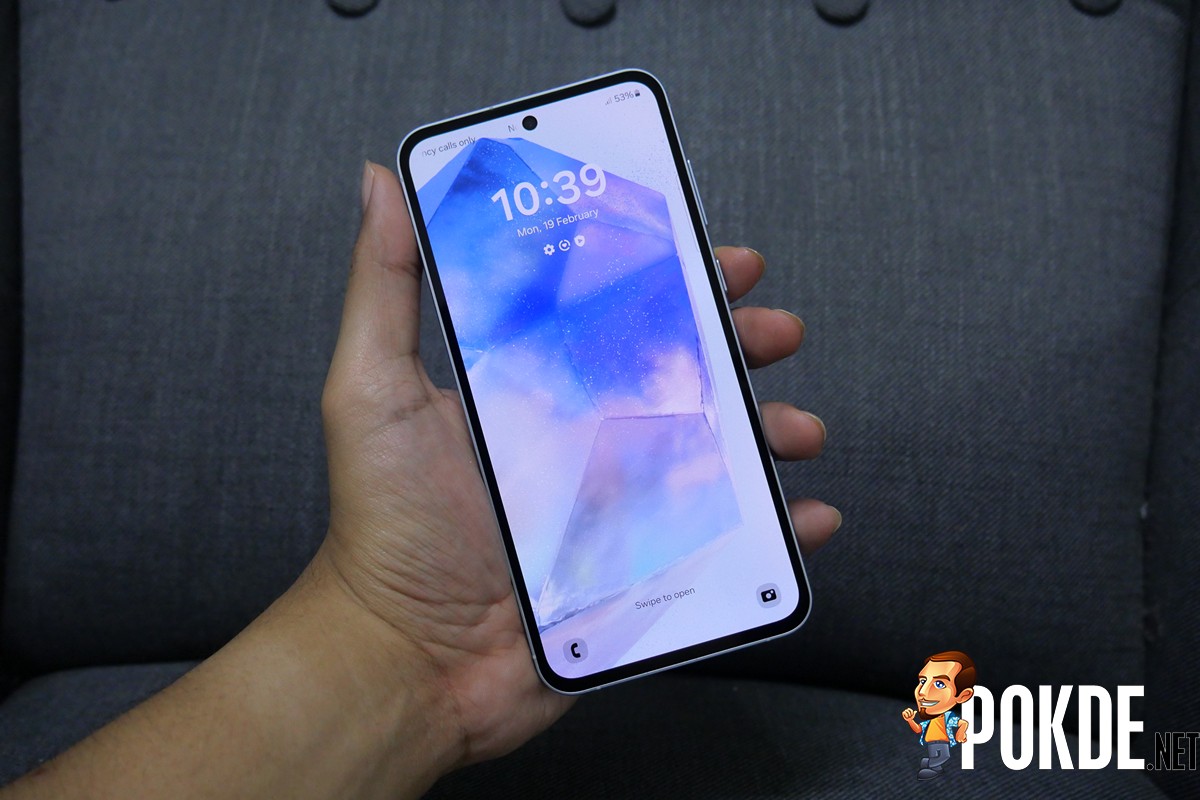
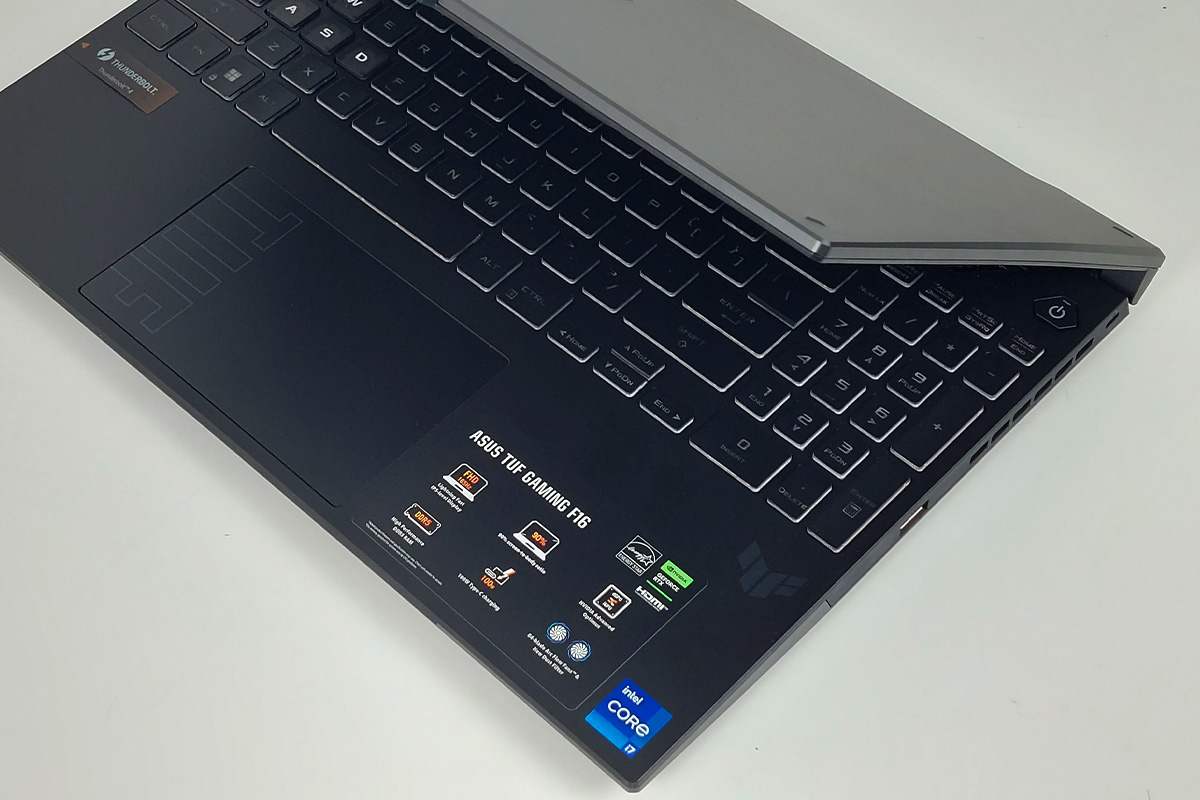
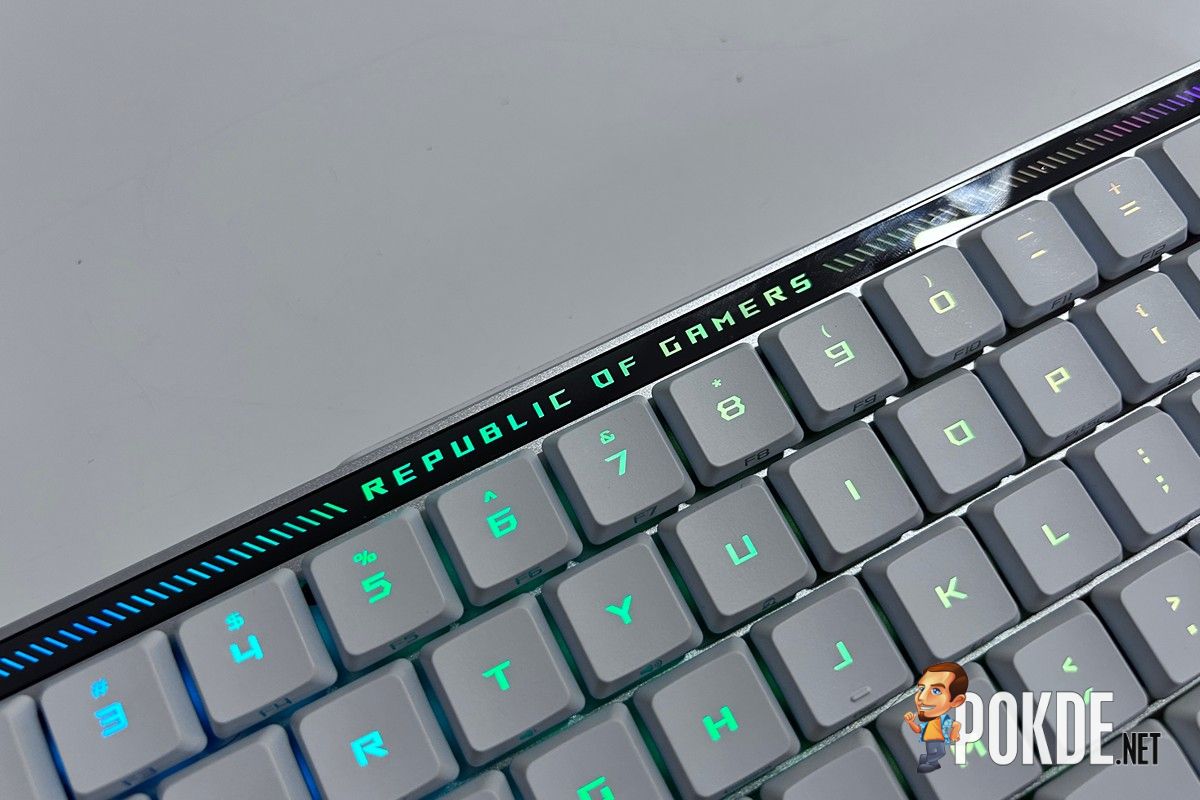












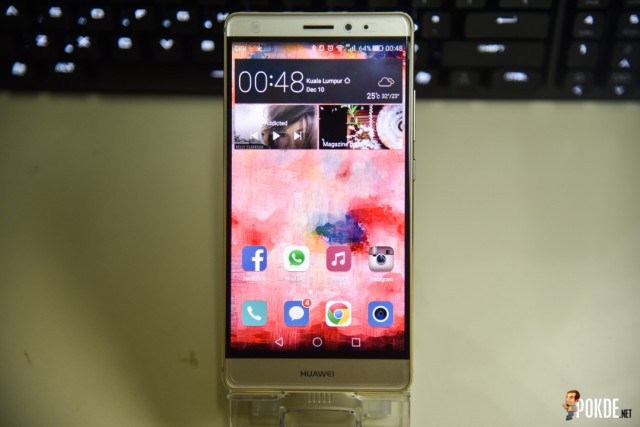
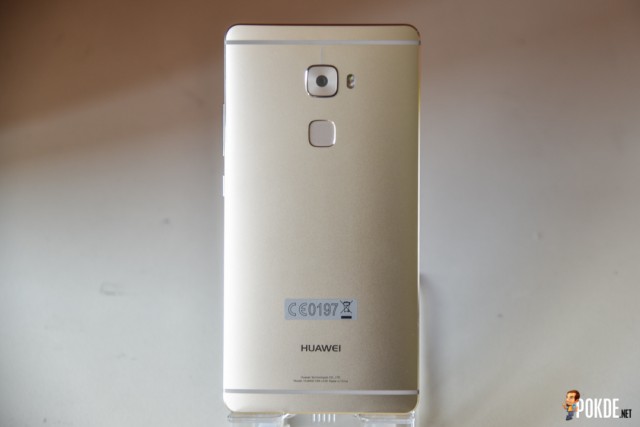
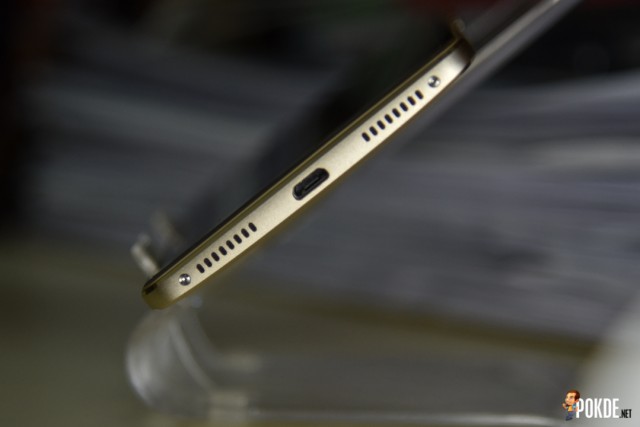
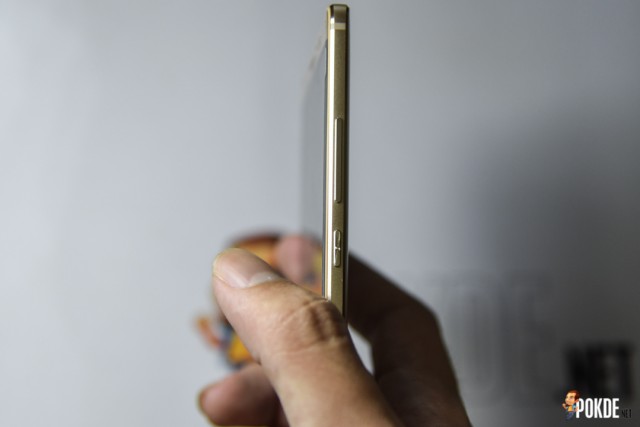
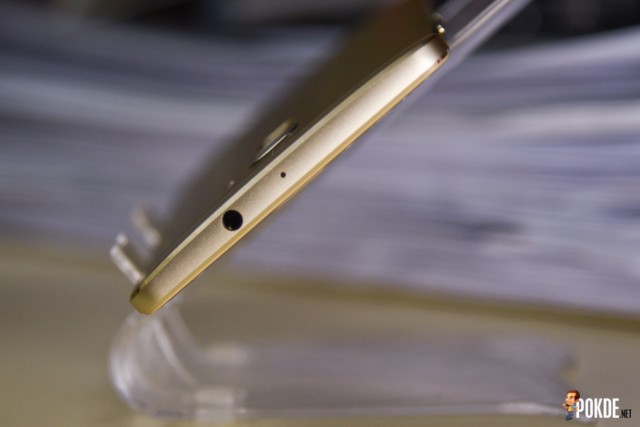
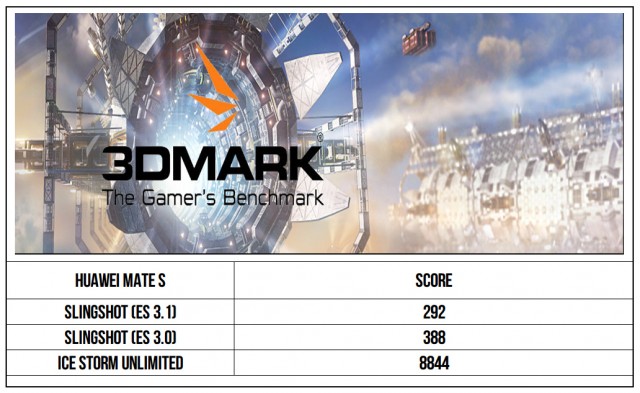
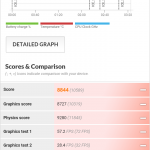
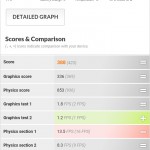
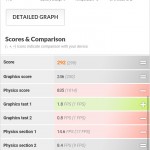

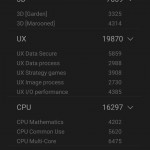
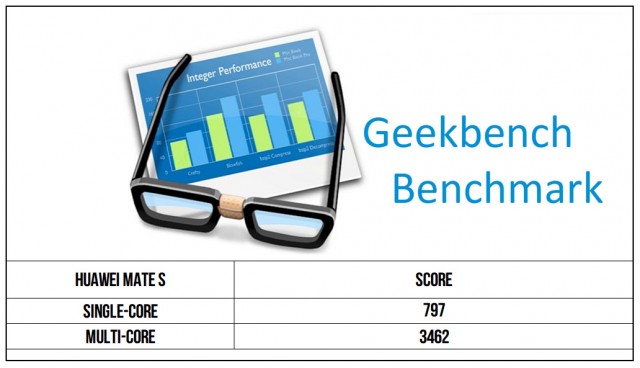
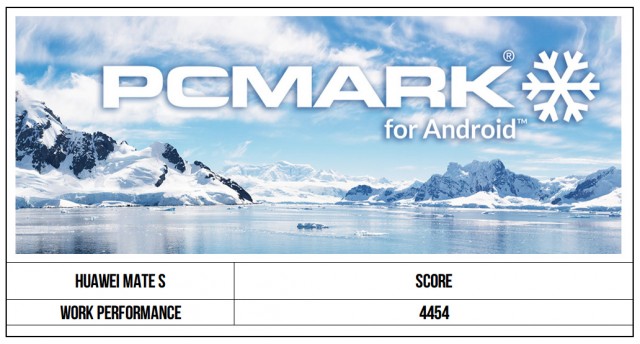
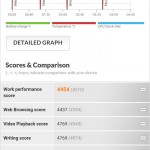
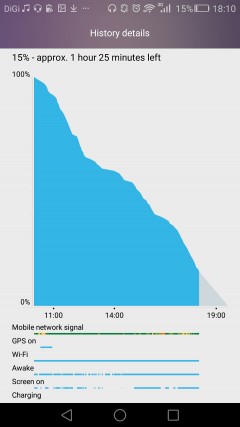
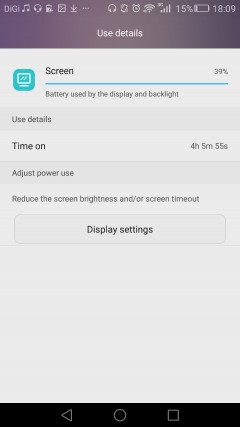
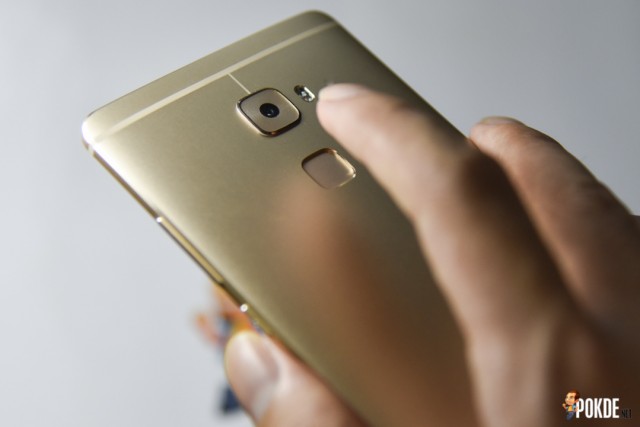
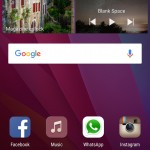

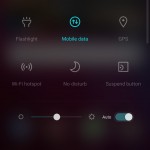
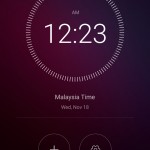



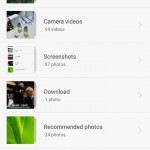


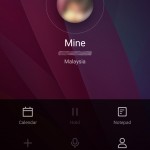
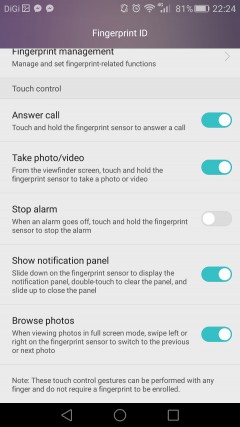
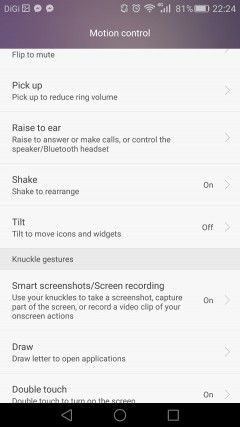
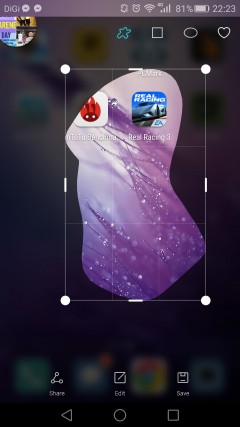
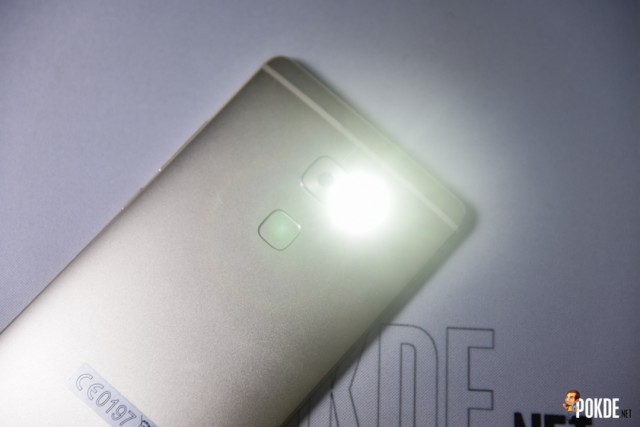
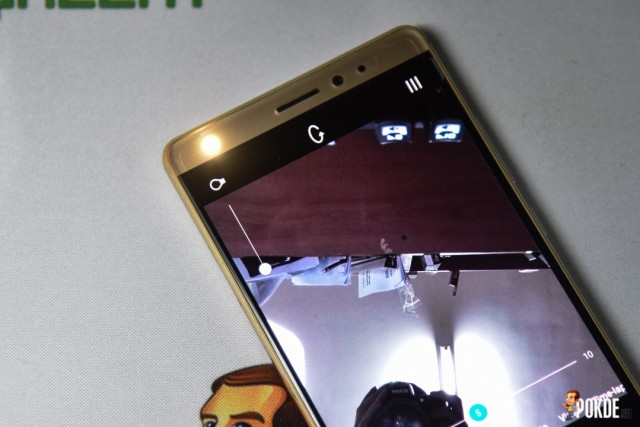

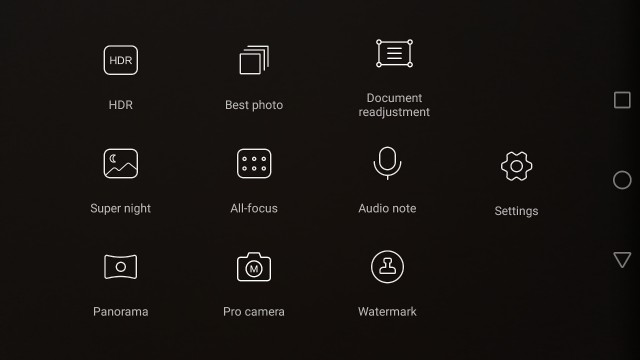
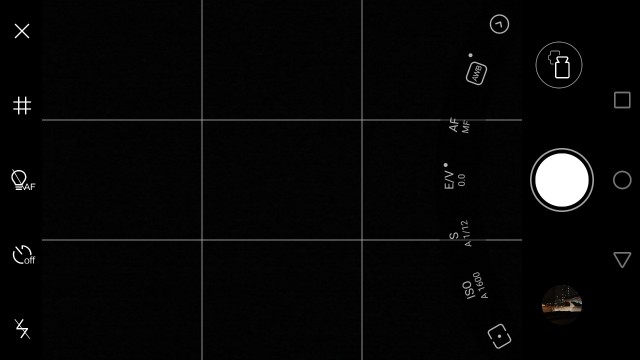
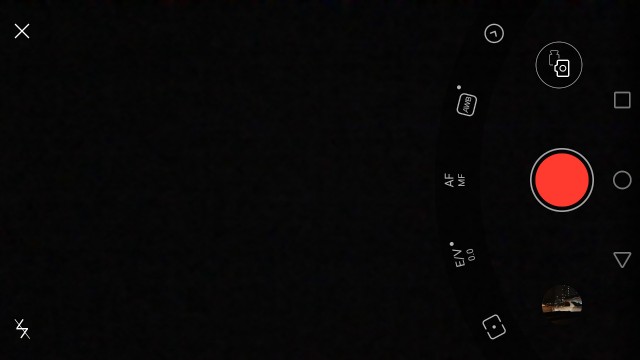
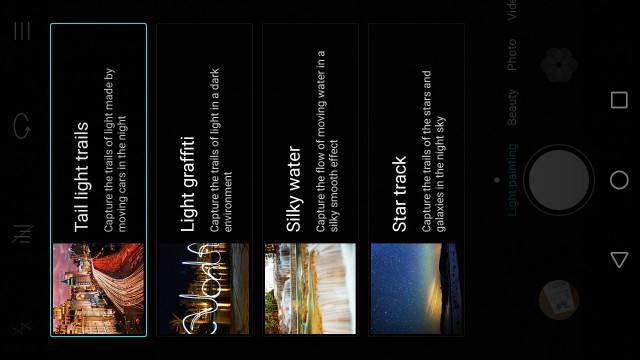
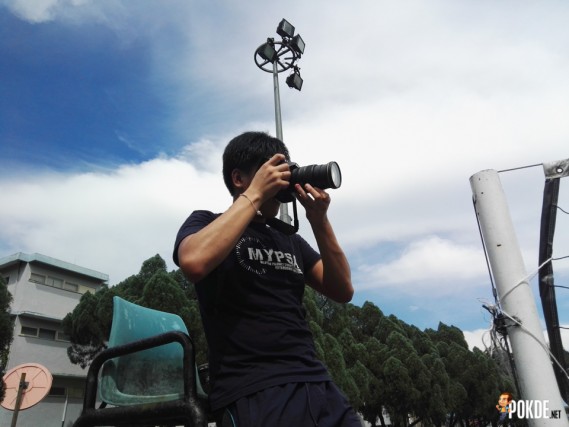
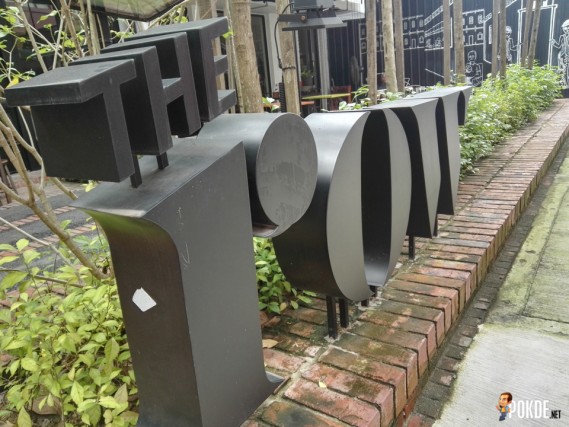
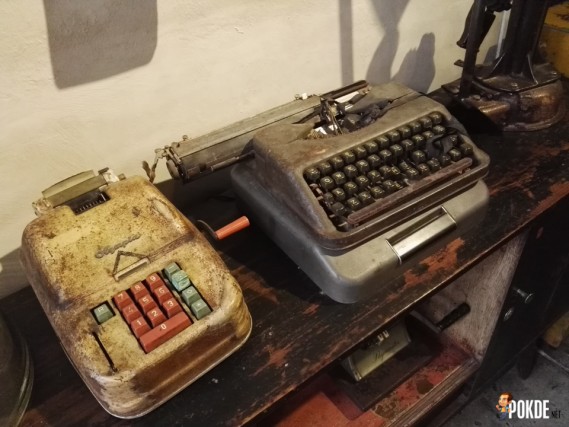
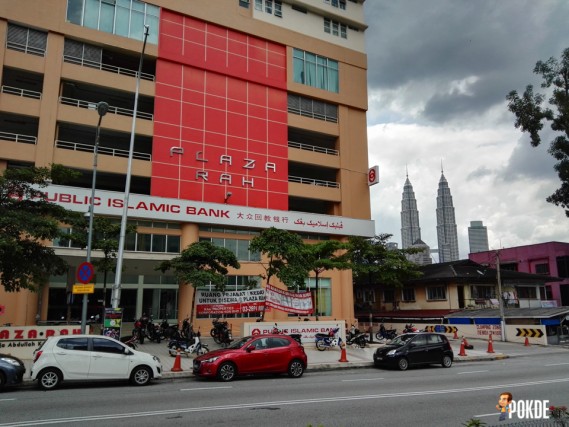
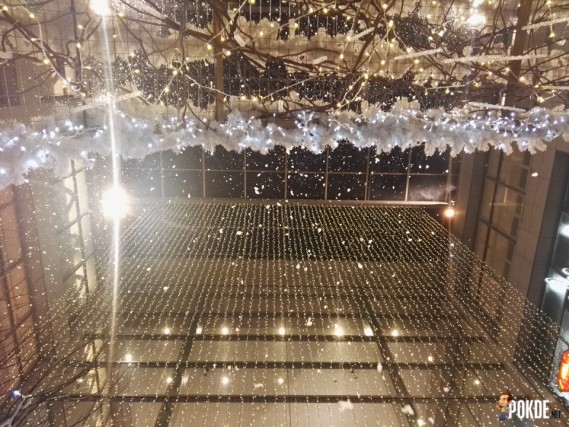
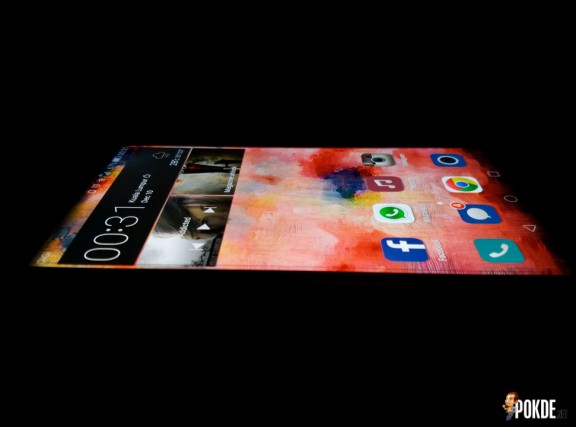
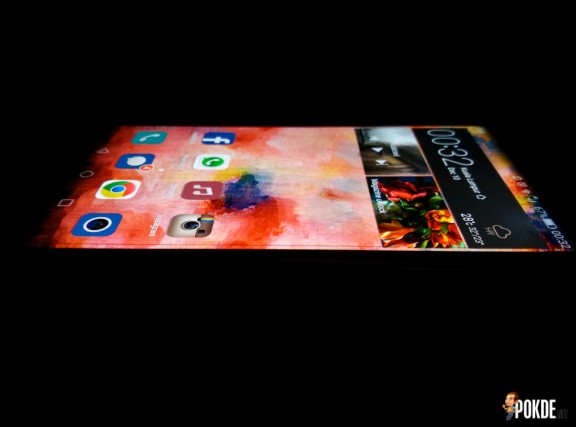
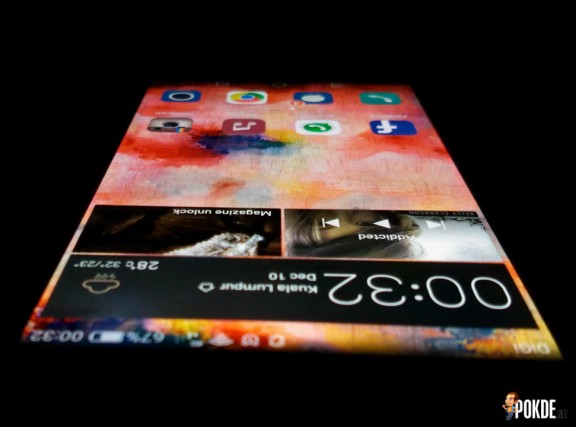
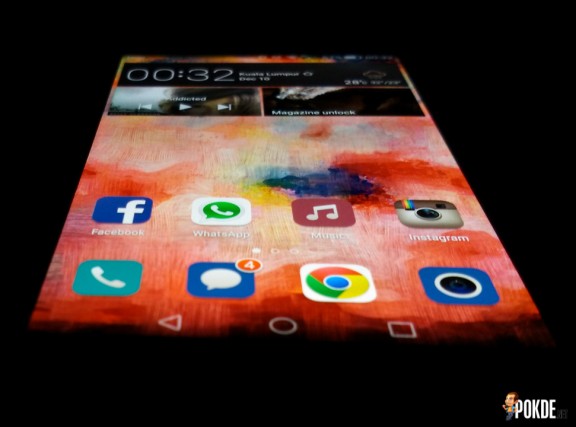
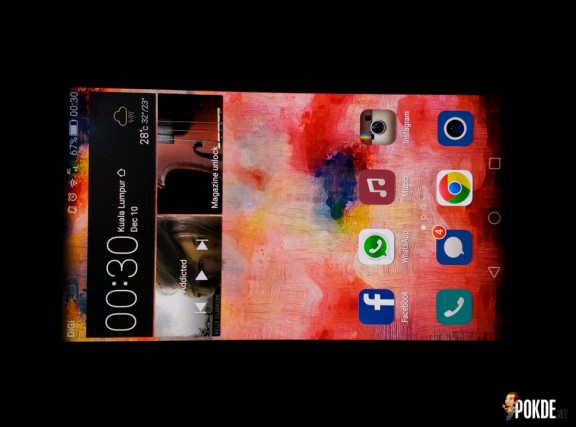

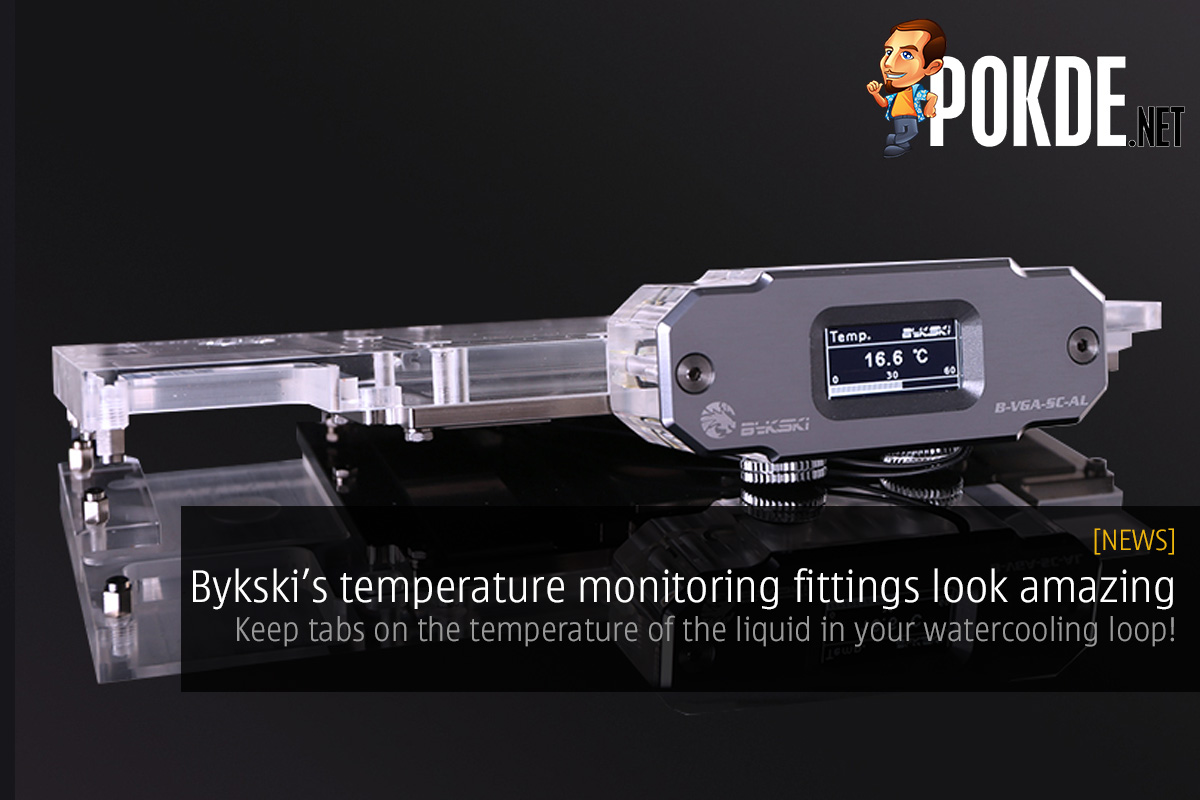
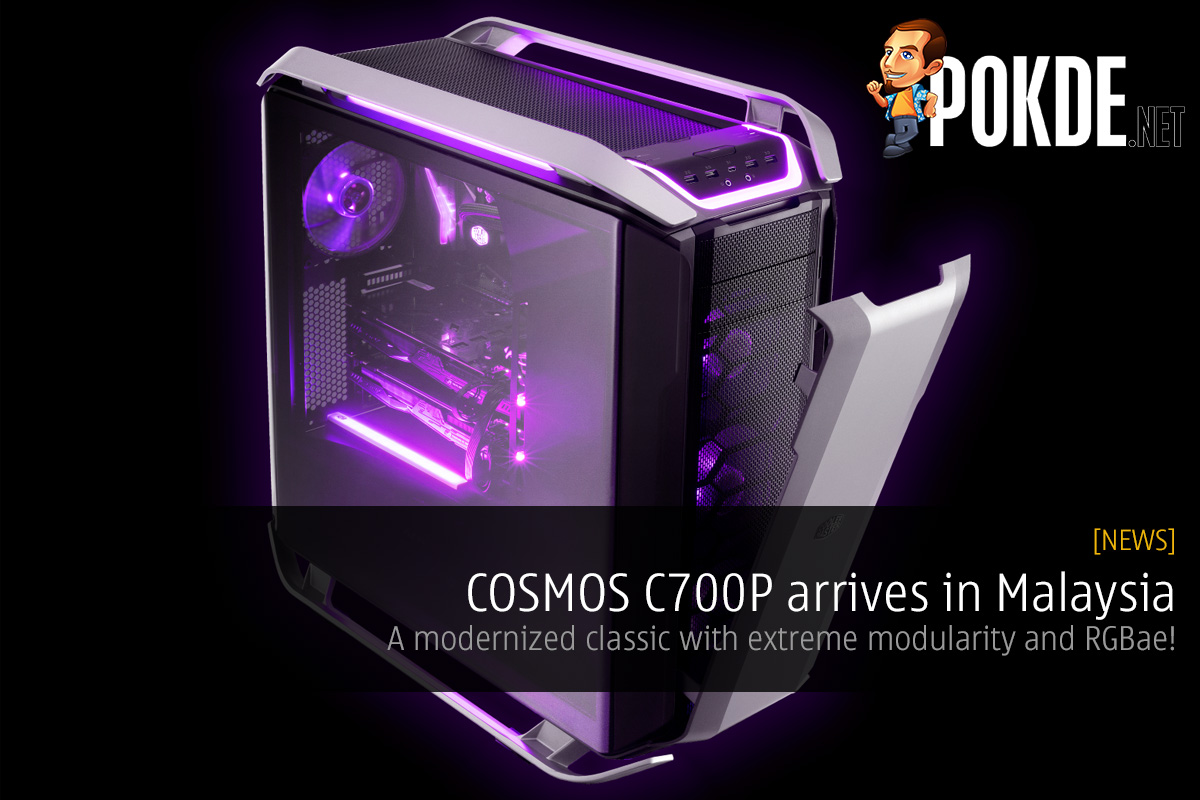

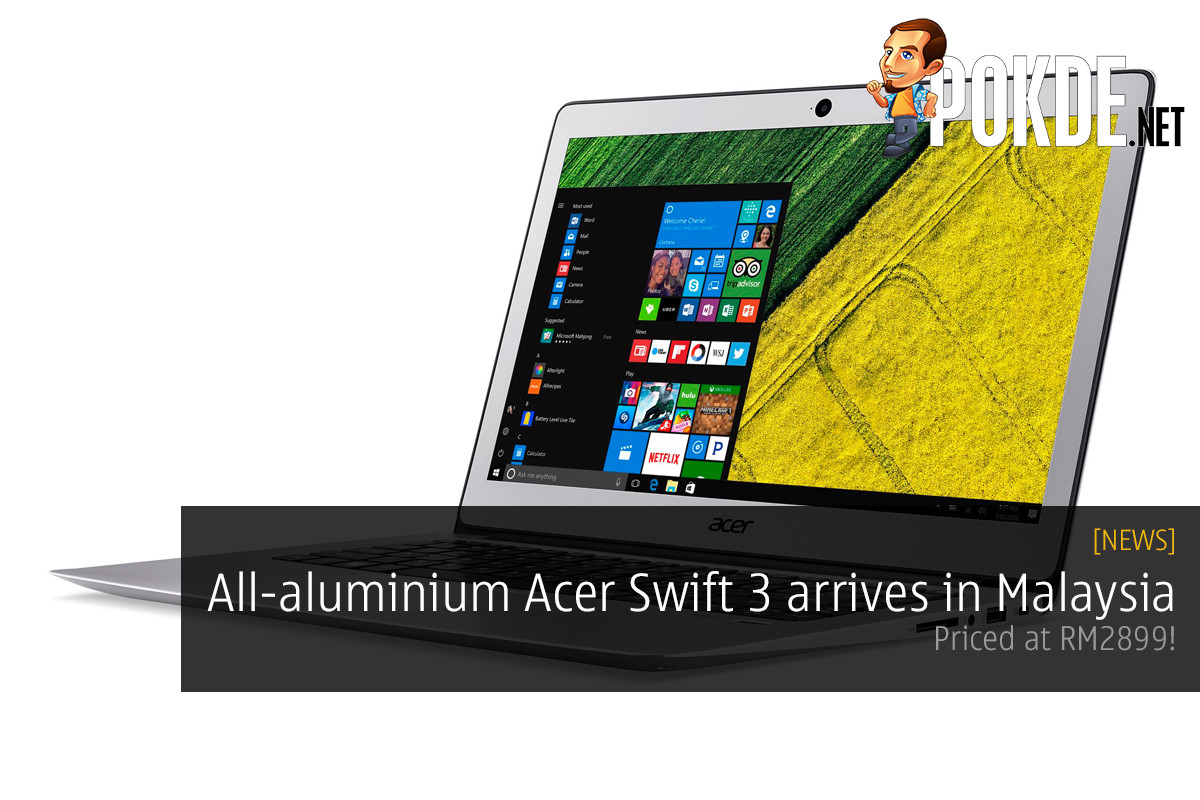

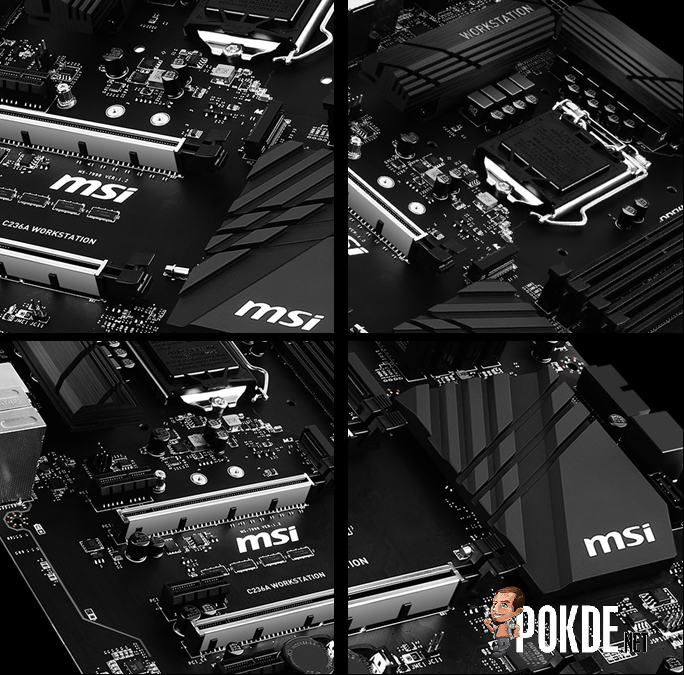
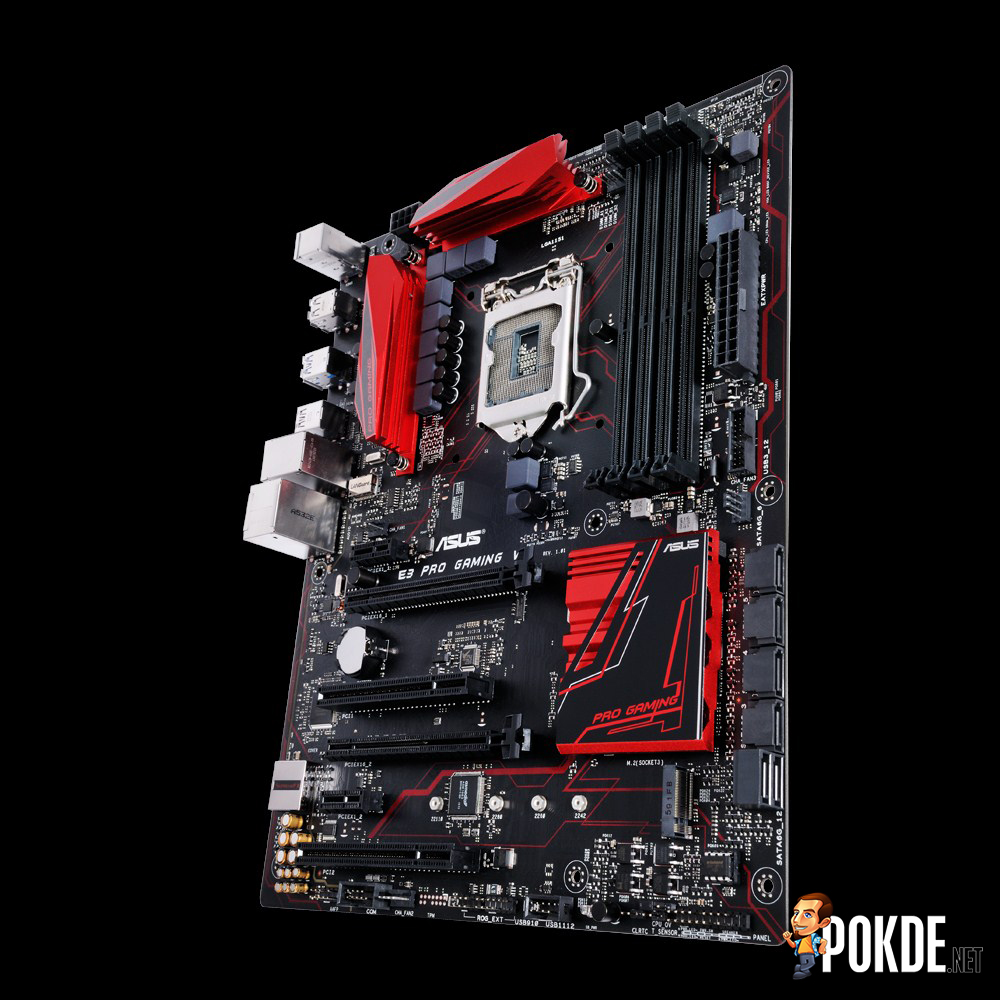

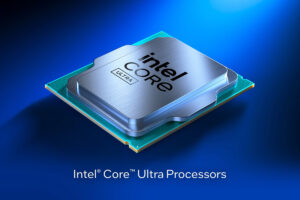


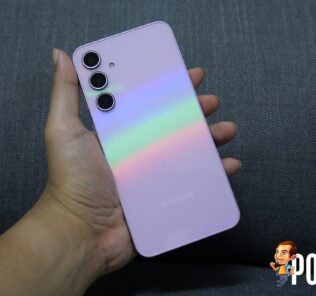
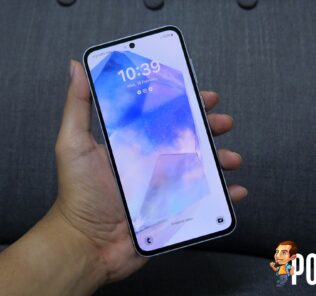
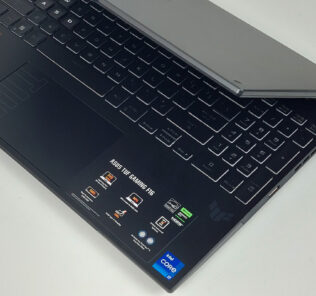

Leave a Response